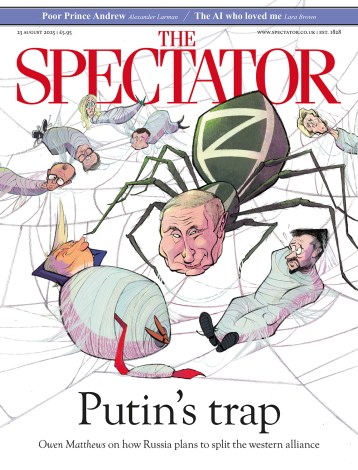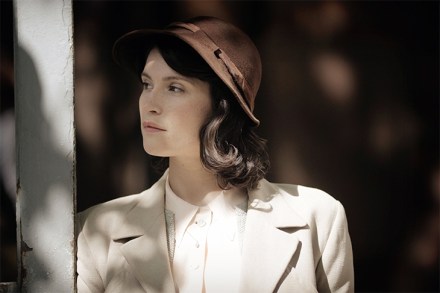Put a spell on you
Many of the mediums from which art is made have been around for a long time. People have been painting on walls, for example, for about 40,000 years. Similarly, figures have been fashioned out of stone and metal for millennia, and still are. But if there is one ancient medium you might think was now definitely over and out, it would be tapestry. But no! In this era of artificial intelligence and omniscient Google, the ancient practice of painstakingly twining coloured wool into pictures is undergoing an unexpected revival. The latest contemporary artist to give tapestry a go is Chris Ofili. His exhibition Weaving Magic at the National Gallery gives




















